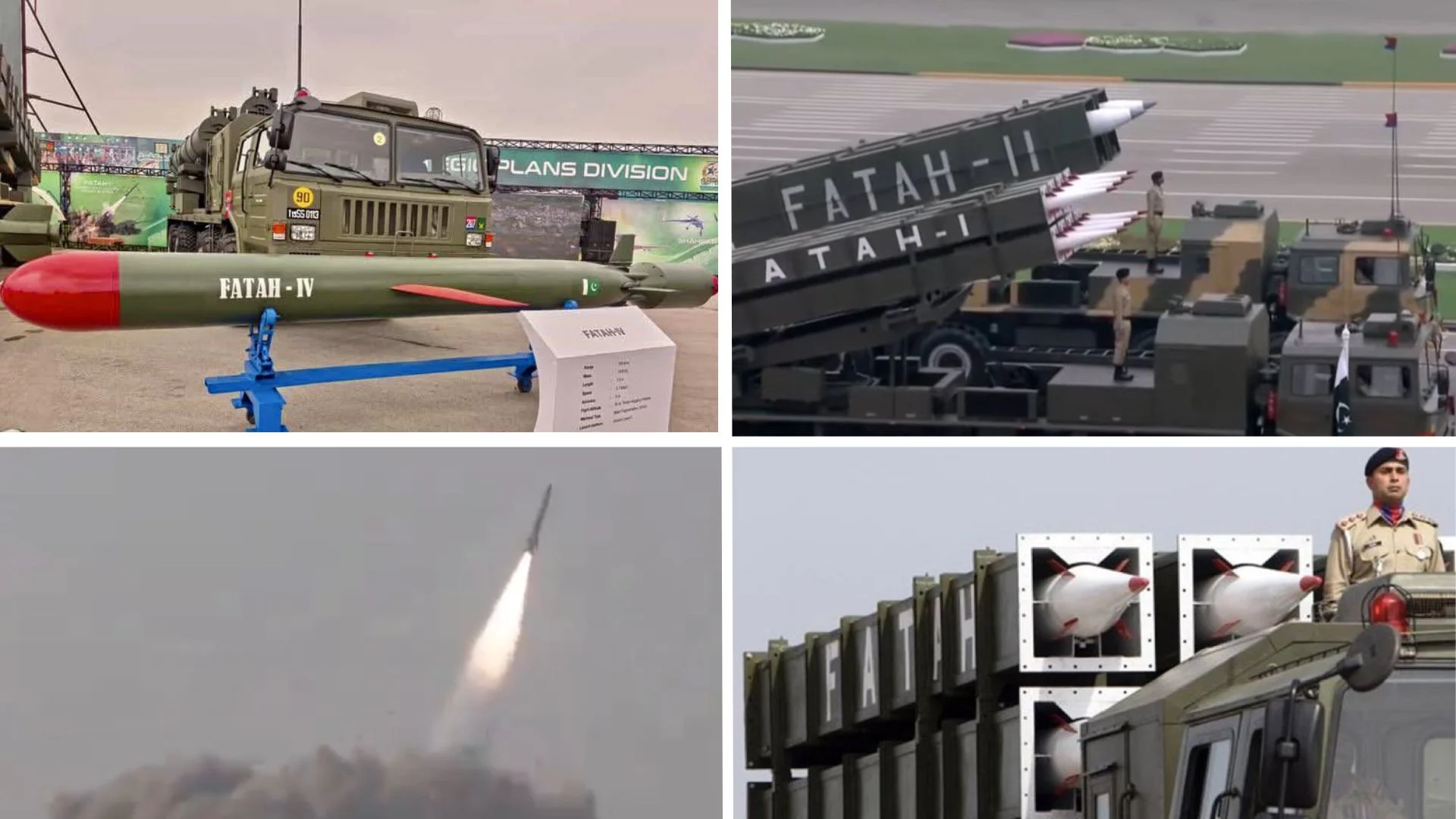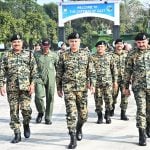In the wake of its defeat during Operation Sindoor, Pakistan has announced the creation of an Army Rocket Force (ARFC), a new military branch dedicated to missile combat in conventional wars. Modelled explicitly after China’s People’s Liberation Army Rocket Force (PLARF), the move is widely seen as a direct response to India’s overwhelming military advantage in the recent conflict.
The announcement was made by Prime Minister Shehbaz Sharif in Islamabad on the eve of Pakistan’s Independence Day, describing the force as “equipped with modern technology” and a “milestone in strengthening the combat capability” of the Pakistan Army.
Why It Matters
- The ARFC will have an exclusive command for handling and deploying missiles during conventional conflicts.
- Security officials confirmed the unit is “obviously meant for India.”
- The model follows China’s PLARF, which manages ballistic, cruise, and hypersonic missiles for both nuclear and conventional warfare.
China-Pakistan Military Nexus
Defence analysts note that the new unit strengthens the Islamabad–Beijing military partnership. During Operation Sindoor, China reportedly provided Pakistan with real-time intelligence, satellite data, advanced J-10 fighter jets, and AI-driven battle management systems like CENTAIC. Experts see Pakistan’s ARFC as a further step in integrating Chinese technology and strategy into its military doctrine.
The Sindoor Lessons
From May 7–10, India and Pakistan engaged in a fierce exchange involving drones, loitering munitions, and missiles.
- India’s edge: Indian missile defence systems intercepted almost all incoming Pakistani projectiles, including the Fatah-1 missile over Haryana’s Sirsa.
- Offensive strikes: The Indian Air Force hit strategic Pakistani assets, including the PAF’s Nur Khan airbase and key communication hubs.
- Pakistani performance: Most of Pakistan’s Chinese-made PL-15 missiles failed to penetrate India’s layered air defence, exposing significant capability gaps.
Regional Implications
The formation of Pakistan’s ARFC signals an intent to close the missile capability gap with India, while further binding Pakistan’s strategic posture to Chinese military doctrine. Defence experts warn it could intensify the arms race in South Asia, especially in precision-strike and missile-defence technologies.













